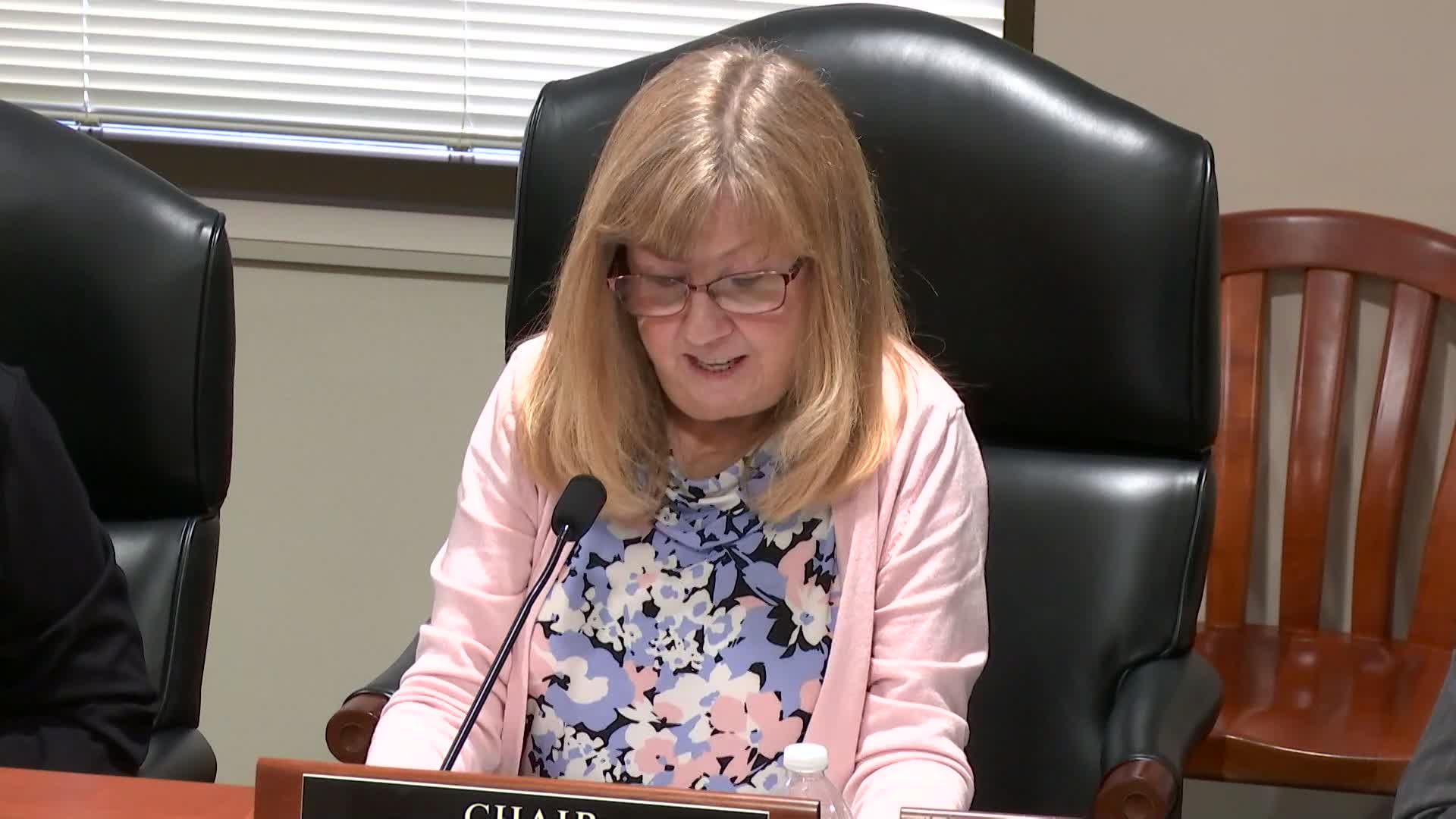Michigan bill empowers drones for safer tower inspections
June 11, 2024 | Transportation, Mobility and Infrastructure, House of Representative, Committees , Legislative, Michigan

This article was created by AI summarizing key points discussed. AI makes mistakes, so for full details and context, please refer to the video of the full meeting. Please report any errors so we can fix them. Report an error »

During a recent government meeting, discussions centered around House Bill 5732, which aims to enhance the efficiency and safety of inspections for Michigan's Public Safety Communication System (MPSCS) by allowing the use of drones. Representative Shannon, along with officials from the Michigan Department of Technology Management and Budget, presented the bill, highlighting its potential to significantly reduce the risks associated with physically climbing radio communication towers, some of which reach heights of 500 feet.
The MPSCS is a critical infrastructure system that facilitates emergency communications across various agencies, including state, local, and federal responders. Currently, inspections require team members to undertake physically demanding climbs, which can pose safety hazards. The proposed legislation would enable the use of unmanned aerial vehicles (drones) for these inspections, streamlining the process and reducing the time needed for completion.
Bradley Stoddard, director of the MPSCS, emphasized that while drones would not completely replace the need for human inspections, they would augment existing processes, allowing for quicker assessments of tower conditions and more efficient preventative maintenance. The bill is modeled after similar practices already in place by the Michigan Department of Transportation, which has utilized drones for bridge inspections since 2018.
Committee members expressed support for the bill, recognizing the potential cost savings and safety improvements it could bring. The current law restricts government employees from using drones for these inspections, necessitating the change proposed in House Bill 5732. By training existing staff to operate drones, the MPSCS aims to enhance operational efficiency without incurring additional staffing costs.
Overall, House Bill 5732 represents a significant step forward in modernizing Michigan's public safety communication infrastructure, leveraging technology to improve safety and efficiency in emergency response operations.
The MPSCS is a critical infrastructure system that facilitates emergency communications across various agencies, including state, local, and federal responders. Currently, inspections require team members to undertake physically demanding climbs, which can pose safety hazards. The proposed legislation would enable the use of unmanned aerial vehicles (drones) for these inspections, streamlining the process and reducing the time needed for completion.
Bradley Stoddard, director of the MPSCS, emphasized that while drones would not completely replace the need for human inspections, they would augment existing processes, allowing for quicker assessments of tower conditions and more efficient preventative maintenance. The bill is modeled after similar practices already in place by the Michigan Department of Transportation, which has utilized drones for bridge inspections since 2018.
Committee members expressed support for the bill, recognizing the potential cost savings and safety improvements it could bring. The current law restricts government employees from using drones for these inspections, necessitating the change proposed in House Bill 5732. By training existing staff to operate drones, the MPSCS aims to enhance operational efficiency without incurring additional staffing costs.
Overall, House Bill 5732 represents a significant step forward in modernizing Michigan's public safety communication infrastructure, leveraging technology to improve safety and efficiency in emergency response operations.
View full meeting
This article is based on a recent meeting—watch the full video and explore the complete transcript for deeper insights into the discussion.
View full meeting
